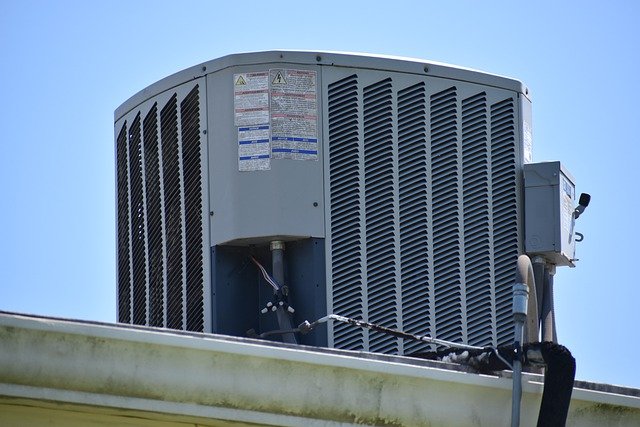Blog & News

Pros of flat roofing for your business
For many business owners, the central focus of their work tends to be on their business and customer base and some forget about the appearance of the building and the impression that this can give to customers.
Of course, the building serves the main purpose of providing a base for your business where you aren’t exposed to any adverse weather conditions, however, your building can also be influential upon your customer’s opinion of the business setting. If it appears to be shabby and run down then they are likely to be a little hesitant in investing in your business.
Flat roofing is sought after by many business owners because of its professional appearance. Before considering a flat roof for your property it is necessary to be aware of the pros and cons as this will help you evaluate its suitability for your business and property.
Easier to Service
Servicing a flat roof requires you to be able to access the roofing and this is made much easier with a flat roof as it isn’t slopped and doesn’t present the difficulties and potential dangers like a slanted roof does. For those that are inexperienced in servicing flat roofs, they are going to benefit from the easy access which is going to make servicing, cleaning, and maintaining the roof much easier.
Easier to Install HVAC
As a building with a flat roof is easier to access this type of roofing is also easier to install. You aren’t faced with the same challenges of installing a sloped roof and so your commercial property is ultimately going to be ready faster.
Flat roofs of commercial properties often house HVAC units. This refers to the heating, ventilation, and air conditioning system. Having a flat roof comes in pretty handy regarding the installation and housing of an HVAC unit and is likely to be greatly appreciated by businesses that have limited space available inside the building itself. Flat roofs are considered to be so convenient that you could house pretty much anything on them.
One of the greatest benefits of housing your HVAC unit on a flat roof is noise reduction. On a flat roof, the system is out of the way and is therefore going to provide less of a distraction to customers. As a flat roof is, of course, going to be flat you have a more expansive area available to install the HVAC system. You also aren’t faced with the challenges of slopes and uneven surfaces and this is going to be much safer for those in charge of the installation too.
Saves Costs
A flat roof can help to cut costs in many ways. From the initial set up they are cheaper than a traditional roof as fewer materials are used to create them. Of course, the long term costs are going to be dependent on the quality of the materials that you use too.
Those that are poorly made are likely to deteriorate quicker when subject to different weather conditions etc. This is going to lead to more expensive maintenance and repairs as a result. As flat roofs take considerably less time to install, installation costs are also going to be lower.
Better Insulation
An insulated flat roof can be influential upon how energy efficient your property is. When flat roofs are installed correctly by professionals in the industry, they often use materials that prevent heat from escaping through the roof.
Therefore your building is likely to be better insulated as a result because you don’t require as much heating throughout the year. Different types of flat roofs are going to require different types of insulation, however, on the whole, there is a minimized amount of heat loss so you aren’t going to require as much heat in the building as it is more efficiently insulated.
Increased Life Span
A flat roof is considered to be a great long term solution and is considered to have a longer lifespan than most other types of roof. This is because this type of roof is more durable as it is closer to the surface of the building it is less exposed to the harsh weather conditions when compared to a traditional or sloped roof.
Most flat roofs are made from mineral felt asphalt and can have a life span over 15 years. In fact, some flat roofs can last for as long as 30 years without requiring replacement. This is also because a flat roof is more resistant to the wind. Unlike traditional or sloped roofs, a flat roof is going to be less susceptible to the damage that is often caused by storms and strong winds.
Maintenance
As a flat roof is easier to access, this, of course, means that it is going to be much easier to maintain. It is important to ensure that your flat roof is correctly maintained over the time that it is installed as this can help to prolong its lifespan. This may involve removing debris or carrying out monthly checks to ensure that it is all in working order. As the roof is flat once you are up there you can stand on the flat surface to conduct these checks and there is less risk posed to your safety as a result of doing so.
Space
Although we have touched upon this previously, it is also necessary to remember that a flat roof provides you with more space. As it is flat you have the space to install units that are required for your building, hence why HVAC units are commonly installed on flat roofs rather than inside the building.
Final Thoughts
As you can see opting for a flat roof for your commercial building can bring many benefits in terms of reduced costs, better efficiency, and greater availability of space. What’s better than having a professionally designed efficient roof, that offers you plenty of space at a lower cost.



